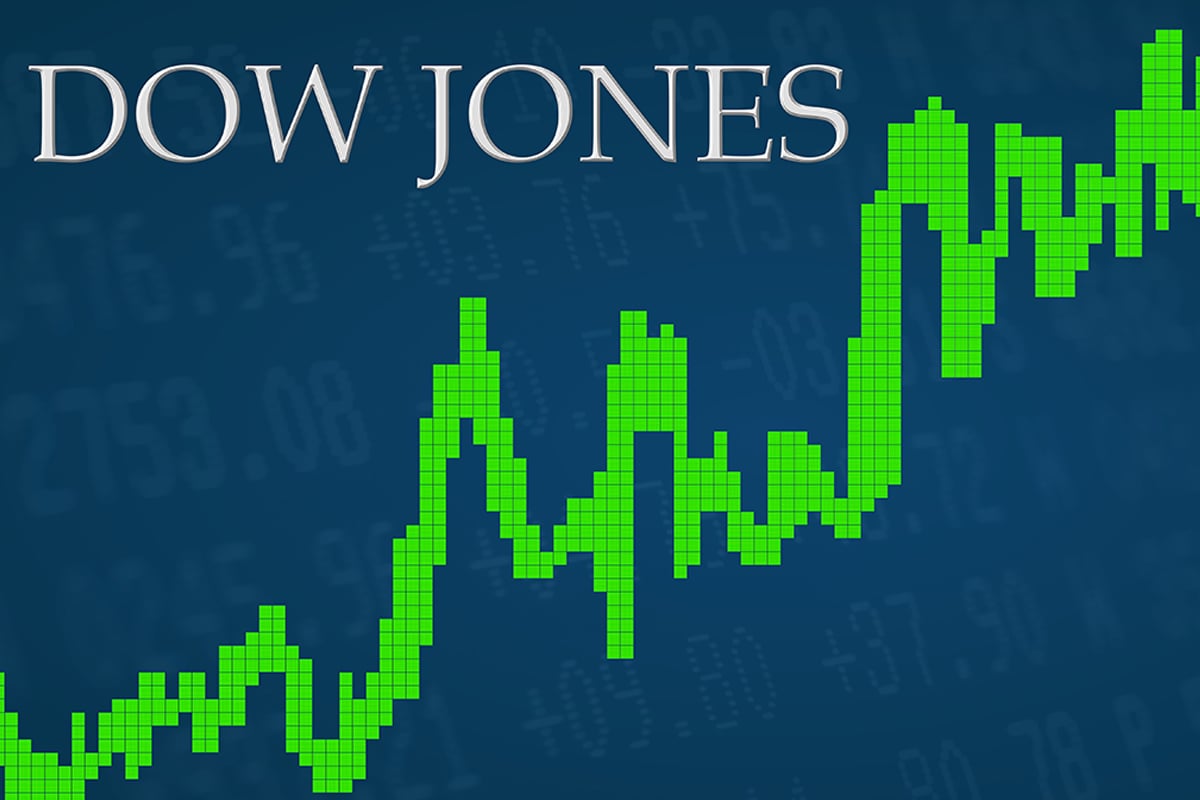Wall Street experienced an uptick, spurred by numerous reports implying that the U.S. economy remains robust despite looming inflation concerns.
By 12:18 p.m. Eastern time, the S&P 500 had advanced by 0.8%, while the Dow Jones had gained 310 points or 0.9%, reaching 34,885. The Nasdaq too saw an uptick of 0.9%.
The bond market showcased significant movement, with Treasury yields fluctuating amid the release of varied economic indicators.
A report indicated that last month’s retail spending by U.S. consumers surpassed predictions. This kind of spending is vital in steering the economy away from a recession. However, it might also drive retailers to further increase prices.
The buoyant spending stems from a resilient job sector which has weathered a surge in interest rates since the previous year. Another data release on Thursday morning revealed a decline in unemployment benefit claims, suggesting layoffs are at a minimum.
On the inflation front, a different report highlighted that wholesale prices escalated more than anticipated last month. This might become a concern for households if these inflation rates trickle down to consumer levels.
In efforts to align inflation with its 2% goal, the Federal Reserve has hiked interest rates substantially. Investors hope that the declining inflation trend since last summer signifies the end of such hikes, which generally hamper economic growth and investment values.
Initial reactions after these economic revelations saw a spike in Treasury yields, as concerns arose about potential future Fed actions. However, experts noted that the spike in wholesale inflation largely stemmed from fuel cost escalations, which are often volatile.
Excluding such erratic factors, the core inflation presented in the report was consistent with economists’ projections. This sentiment mirrors a recent consumer-level inflation report, which cited an increase mainly due to fuel prices.
After the economic data was published on Thursday, the 10-year Treasury yield briefly reached nearly 4.30% before readjusting. By the end of the day, it rested slightly above its previous day’s 4.25% mark.
The two-year Treasury yield, which mirrors Federal Reserve expectations more closely, also saw shifts, settling at its prior day’s 4.98%.
Market players reduced their anticipations regarding another rate hike this year by the Fed, but data suggests a 42% possibility of such an event.
Mike Loewengart of Morgan Stanley Global Investment Office cautioned about being overly optimistic regarding the end of the Fed’s rate hikes. He remarked that the economic landscape’s continued positive surprises could lead to unpredictable Fed actions post their last two policy discussions this year.
In stock-related news, Arm Holdings surged by 20% during its market debut. Valued at $54.5 billion, this IPO might reignite interest in a market segment that’s been sluggish due to interest rate concerns.
Energy stocks benefited from climbing oil prices, with U.S. crude and Brent crude both experiencing growth. This surge positively impacted companies like Exxon Mobil and Marathon Oil.
Conversely, after Berkshire Hathaway reduced its investment in Hewlett-Packard, the latter’s stock declined by 2.1%. Delta Air Lines also reported a dip in stock value by 0.9% owing to increased operational costs.
Overseas, European stock indices experienced growth after the European Central Bank’s rate hike. This move, aimed at curbing inflation in euro-using nations, might however strain economies already vulnerable to recessions.
Major European indices like France’s CAC 40 and Germany’s DAX reported gains, and Asia observed positive trends, with Japan’s Nikkei 225 rising by 1.4%.
In sum, global financial landscapes, from Wall Street to European and Asian bourses, are witnessing shifts and reactions to varied economic indicators. While interest rates and inflation remain at the forefront of concerns, underlying factors like employment stability, consumer spending, and sector-specific movements create an intricate tapestry of market dynamics. As we navigate the rest of the year, all eyes will be on central banks’ policy decisions, corporate performances, and the evolving global economic scenario.







